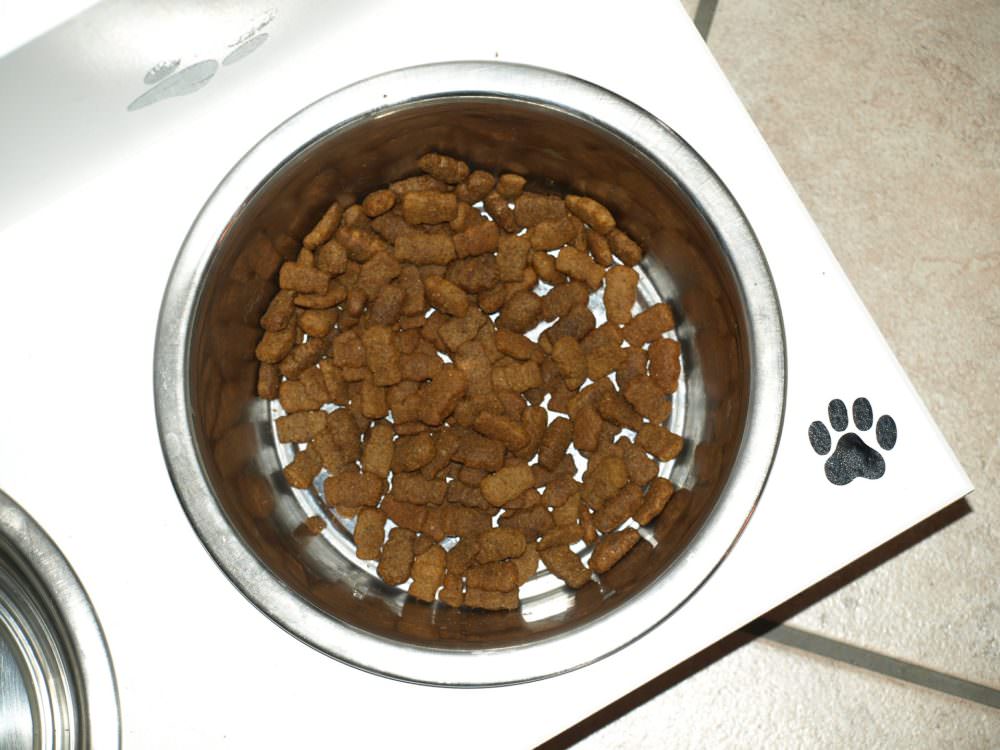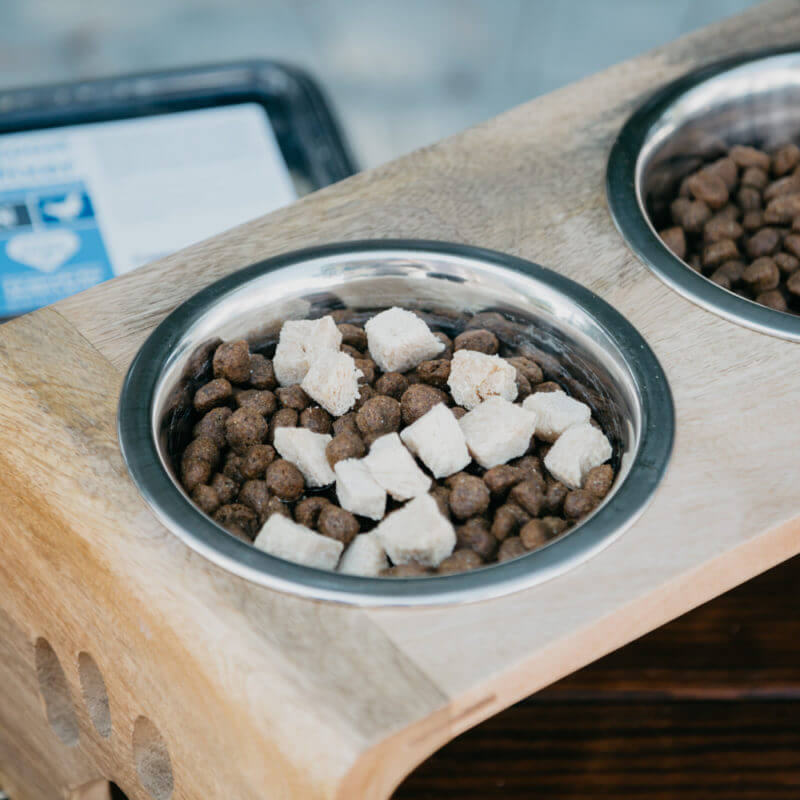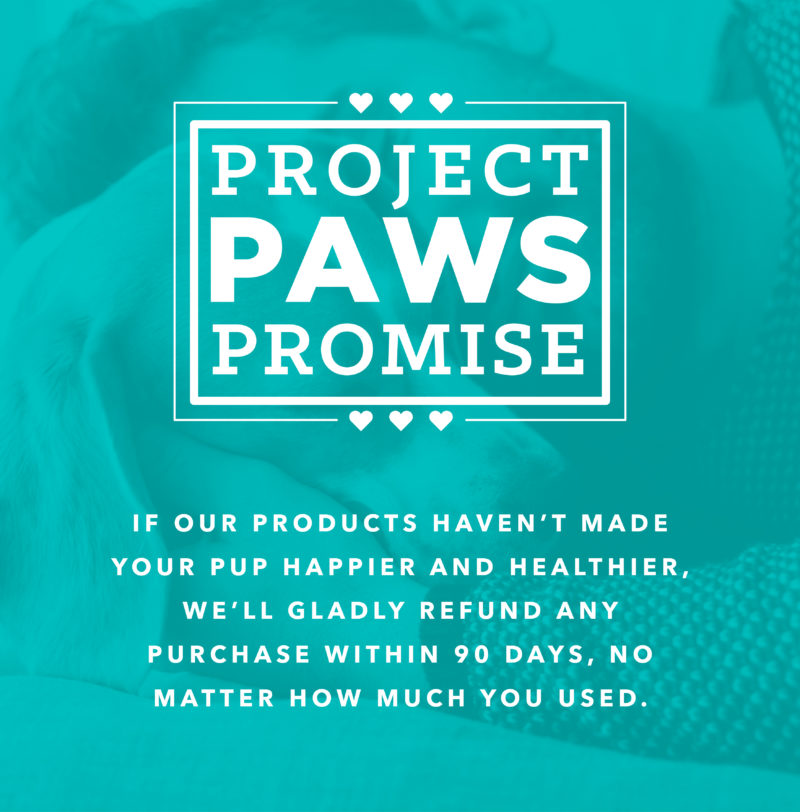Are you the type of pup-parent who scans the list of ingredients on your dog’s food to make sure you know exactly what’s in it? If so, we’ll bet that you’ve heard about the movement around raw feeding through social media groups or even mainstream media. For example the viral documentary Pet Fooled. A raw diet, once snubbed by almost every vet, is now gradually gaining acceptance in holistic veterinarian circles and beyond.

The raw movement makes sense to a lot of people – a raw diet is what your dog would have eaten in the wild, after all. Although he’s no wolf (my pup is a chihuahua mix), his digestive system is built very much the same way as his wolf ancestors. I understand I may be preaching to the choir here. Even if you’re convinced about raw, (and you’re not easily convinced) making the move to a raw diet is just easier said than done, right?
Despite all the benefits of converting your dog to a raw diet, it is anything but easy! As soon as you start trying to plan it out, a bunch of questions bubble up. Where can you get quality yet affordable raw meat? Will your dog even go for that particular type of meat? There’s no way you can make it to the store every day to get raw meat for both your dog’s breakfast and dinner, so buying in bulk is the best option, but how will you store the meat?

All the questions can send you into a serious tail spin and you give up, deciding to postpone the switch. But, what if I told you there was one easy way to get your dog started on a raw diet? Well, there is! Here’s the point I’ve been getting around to:
To get started, simply start supplementing your dog’s meals with raw foods. You can slowly figure out the rest and you’ll feel good about taking that first step! Pop in some raw meat or raw veggies/fruit (if that’s your plan), and your pup will benefit. Just get started!
The easiest way to introduce raw meat into your dog’s diet is with the Project Paws™ Protein Boost Food Mixers, which are 100% raw, freeze-dried high-quality meat morsels that your pup will go absolutely nuts for. Just mix some in with your dog’s food – he’ll love it.

There are different opinions as to which fruits and vegetables are good for canines, if any at all. Typically apples, pumpkins, carrots, green beans, cucumbers, oranges, peas, and pears are considered healthy for dogs. However, we do recommend educating yourself further on what your pet can/should eat. Get in touch with the vet if you’re not sure!
Why not try out Project Paws™ Protein Boost Food Mixers with your pupper’s next meal? Remember that it comes with the Project Paws promise!

These statements have not been evaluated by the Food and Drug Administration. This product is not intended to diagnose, treat, cure, or prevent any disease. The information on this website is not intended to replace a one-on-one relationship with a qualified healthcare professional.
